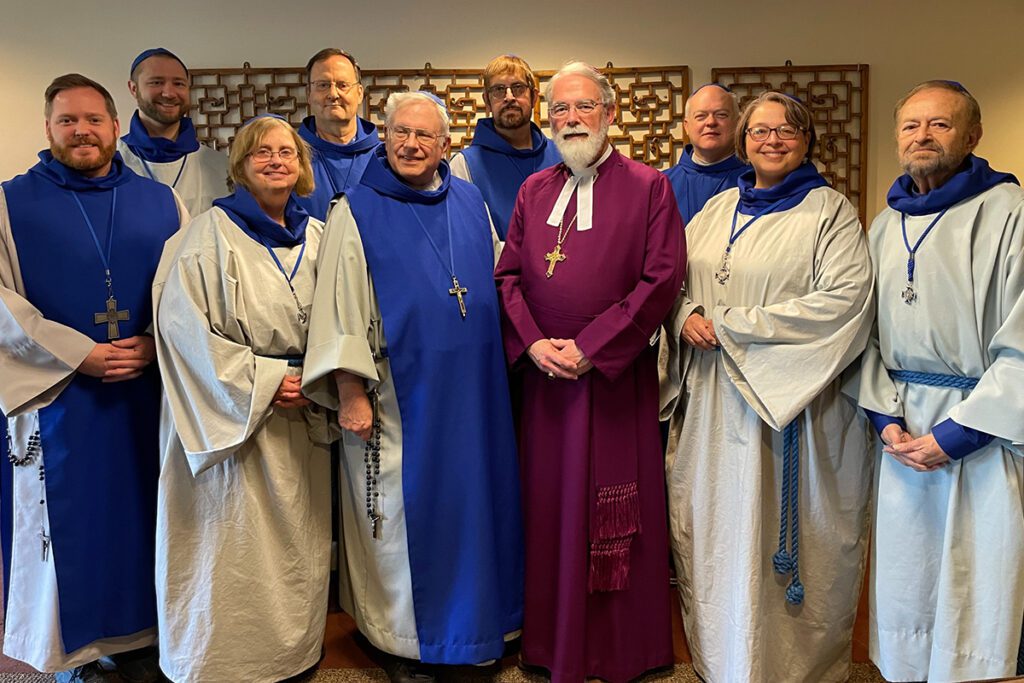Episcopal Monastic-like Communities
Episcopal Religious Orders & Communities
King Henry VIII and his chief minister, Thomas Cromwell dissolved more than 800 of England’s Catholic religious houses and confiscating their possessions between 1536 and 1541. For nearly 300 years after the dissolution, the Church of England did not officially support or sanction monastic communities. There were individual figures involved in devotional communities, but formal monasticism wasn’t part of the established church structure.
The Oxford Movement, a revivalist movement within the Church of England, led to a renewed interest in Catholic practices and traditions. This sparked the establishment of Anglican communities like the Sisterhood of the Holy Communion (1845) and the Society of Saint John the Evangelist (1842), adopting monastic-like practices without official recognition by the Church of England. The English Church today does not officially accept monastic orders in the traditional sense. These communities are independent, meaning they have their own governance and operate outside the direct control of the church hierarchy.

Episcopal monastic communities offer diverse living situations and commitments, though they differ from traditional monasteries in their ordination status, vows, and governance structures. While independent in daily operations, they remain connected to the PEC and contribute to its broader mission through their unique forms of prayer, service, and community life.
Episcopal Position on Monastic Life
While the Episcopal Church does not establish official monasteries or abbeys for men and women believers in the traditional sense, various communities and movements within the Church have adopted monastic-like practices and structures throughout history.
Despite the initial stance, several movements within the PEC embraced elements of monastic life: Anglican communities like the Sisterhood of the Holy Communion and the Society of Saint John the Evangelist established communal living situations focused on prayer, service, and spiritual formation, resembling monastic practices without being officially recognized as such.
The rise of ecumenical movements in the 20th and 21st centuries and renewed interest in spiritual disciplines led to the expansion and diversification of existing communities offering retreats, spiritual direction, and various forms of community outreach. New communities emerged, like the Society of the Holy Cross (1980) with a focus on prayer, education, and social justice.
While some communities have adopted vows of commitment, they rarely follow the traditional monastic vows of poverty, chastity, and obedience. Unlike traditional abbeys led by abbots, these communities often have mixed leadership structures involving clergy and laity. Unlike officially recognized monastic orders, these communities don’t fall under a centralized authority within the Episcopal Church structure.
